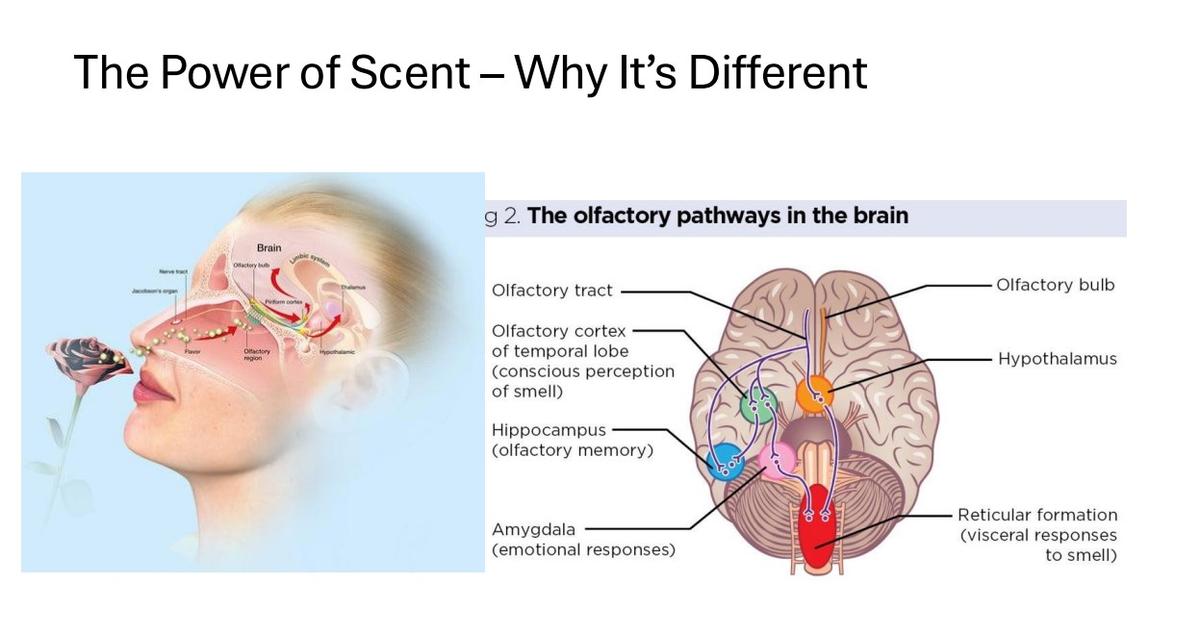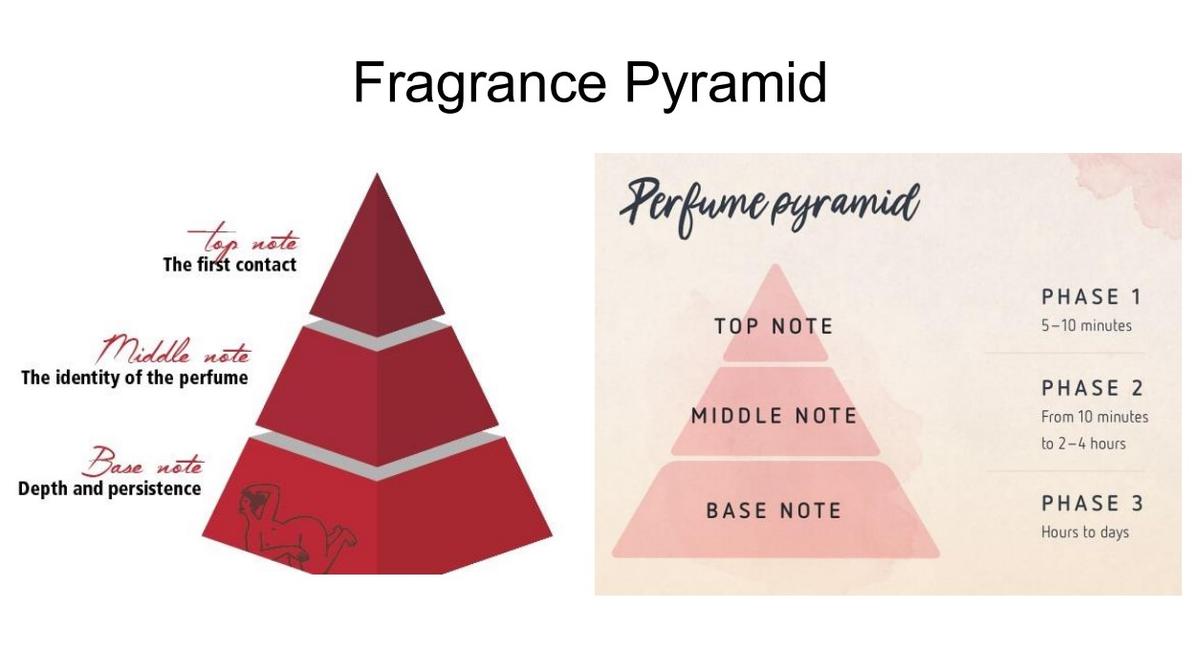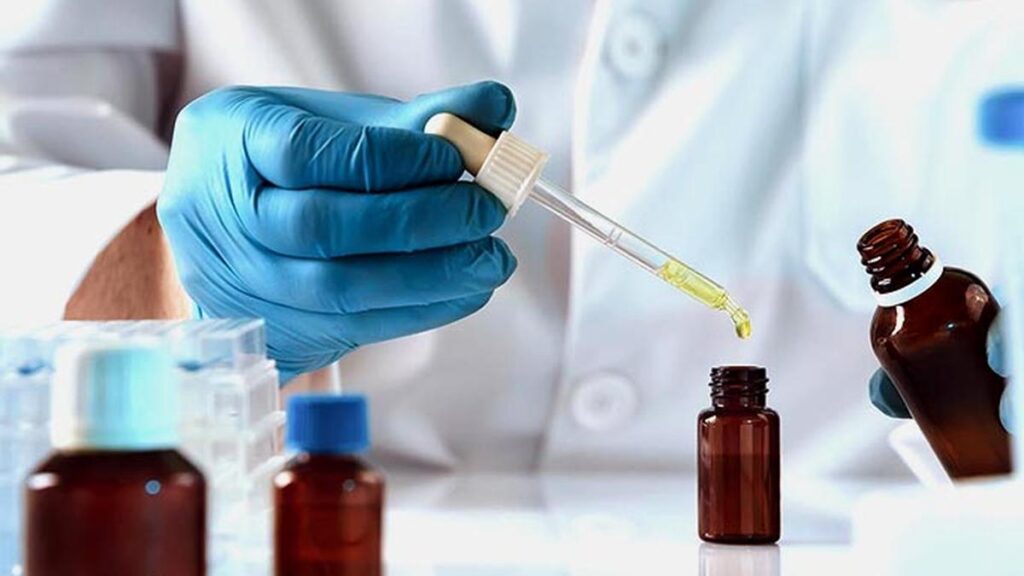
The human skin is home to millions of bacteria that help regulate pH levels, dryness, oil content, and more. We also have plenty of data on the skin microbiome | Image used for representational purpose only
| Photo Credit: Getty Images
For someone who has been battling bad bugs for his entire professional life, life has produced an interesting deviation for Abdul Ghafur, infectious diseases expert. He has now begun engaging with the good bugs too, in particular looking at the skin microbiome to see what perfume is right for you.
That’s right. The perfume type has to be at ease with your skin microbiome, for it to actually work. Otherwise, multiple applications and overexposure to the chemicals in the perfumes might turn sour, at the least, and at the extreme, even turn harmful for humans.
Microbiome bugs and perfume chemistry
“We think of bugs as being all ‘bad’, but that is not true at all. About 99.999 % of bugs are either neutral or good for us. It’s only 0.001 % of bugs that are ‘bad’, rather, disease causing,” Dr. Ghafur hastens to clarify. While his profession hitherto has set him up arms akimbo, against the disease-causing critters, his passion has more recently set him on the side of the good ones!
“I am a connoisseur of perfume. And I’ve always wondered why some perfumes work for some people, but not for others. No two people have the same skin microbiome, and that’s why a perfume that smells divine on one person may not work the same on another. The secret lies not just in the perfume, but in how your skin’s bacteria interact with its ingredients,” he explains. If a certain perfume does not work, “people just keep changing their brands frequently, or they think they have to apply more, spray liberally, or use the perfume multiple times. All of which cannot be good, because these perfumes are essentially a cocktail of chemicals that can impact the skin, cardiac health and may also be carconigenic,” he adds.
That is what led him to studying what determines why perfumes work or not. “It’s skin chemistry, basically. The human skin is home to millions of bacteria that control the pH level, dryness, oil content etc. And we have plenty of data on these skin microbiome,” he explains. Sweat itself has no odour, it’s just salt and water, it is the skin bacteria that lend the smell to sweat.

Key players in body odour
As far as body odour goes, there are three key groups of enabler bugs: Cutibacterium acnes, found in areas rich in sebaceous glands (face, back, chest, armpit, groin), contributes to a musky odour through lipid breakdown. The second is Corynebacterium, found in moist regions like the armpit and groin, which converts sweat compounds into pungent volatiles including sulfur compounds.
Finally, there is Staphylococcus epidermidis, common on the face, scalp, armpits, and groin, which plays a balancing role—less directly involved in odour production and may help prevent overgrowth of stronger odour-producing microbes.

The olfactory pathway is the neural route the brain uses to process smells. It starts with odorant molecules being detected in the nose, travels to the olfactory bulb, and then projects to various brain regions, including the olfactory cortex, amygdala, and hippocampus, where smells are interpreted, associated with emotions, and linked to memories
| Photo Credit:
Dr. Abdul Ghafur
The concentration of skin microbiome is influenced by food, the enviroment and weather changes, but the percentage composition of the main bacterial group remains the same for an individual for a long while. There are general preferences on where certain fragrance types perform better—for instance, floral notes tend to work well on drier areas like the wrist, while musky scents are better suited for comparatively moist regions such as the neck.

Integrating skin microbiome analysis into fragrance science
There is a lot of information available about the skin microbiome from a health perspective, but literally none of that has been adopted by the fragrance industry. “But we have information, so we need to extrapolate our insights and findings to understand the personalisation of perfumes for individuals,” Dr. Gafur says.

The evolution of a fragrance over time, dividing it into three main scent layers: top notes (initial impression), middle notes (heart), and base notes (lasting scent)
| Photo Credit:
Dr. Abdul Ghafur
He has now taken up skin micobiome metagenomic testing for other connoisseurs of perfumes. “We are not recommending testing for everyone. There is no viable business model for routine, expensive metagenomic testing before choosing a perfume. Our goal is to share valuable insights from microbiome and VOC ( Volatile Organic Compound) research and how they can be applied conceptually to fragrance use,” he says. Some people do spend lakhs on perfumes, and knowing what works for them will be helpful.
All they need is a gentle skin swab—rubbing a cotton bud softly on the skin, and this swab is then used for skin microbiome metagenomic analysis to identify the unique bacterial profile of your skin. Recent consumer surveys, he adds, have shown an increased interest in safe and microbiome-friendly products. “Several deodorants are already microbiome friendly, but that kind of orientation for perfumes is missing. We must remember, if deodorants are a song, them perfume is like a symphony,” Dr. Ghafur says. Clearly, we need to take care of the symphony as well.
Published – May 27, 2025 03:30 pm IST

